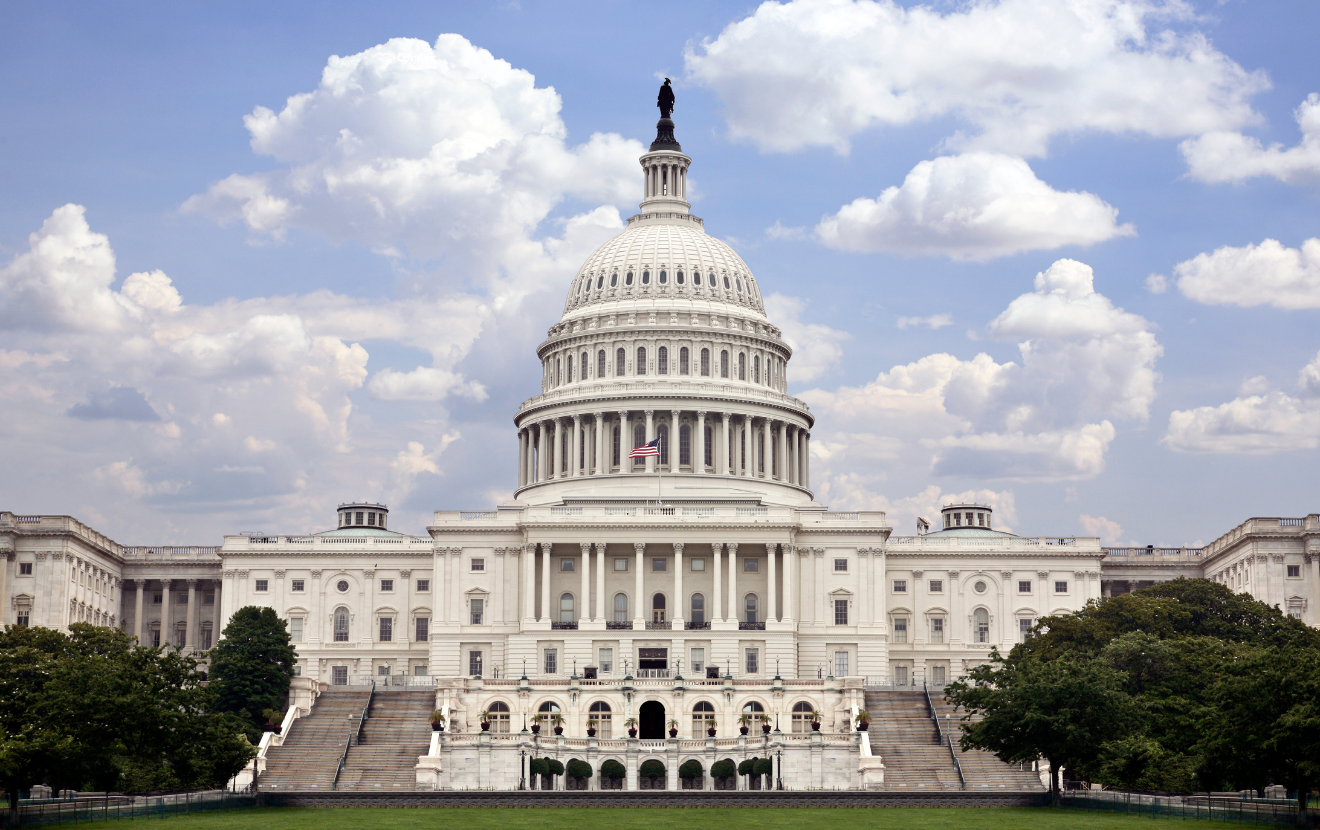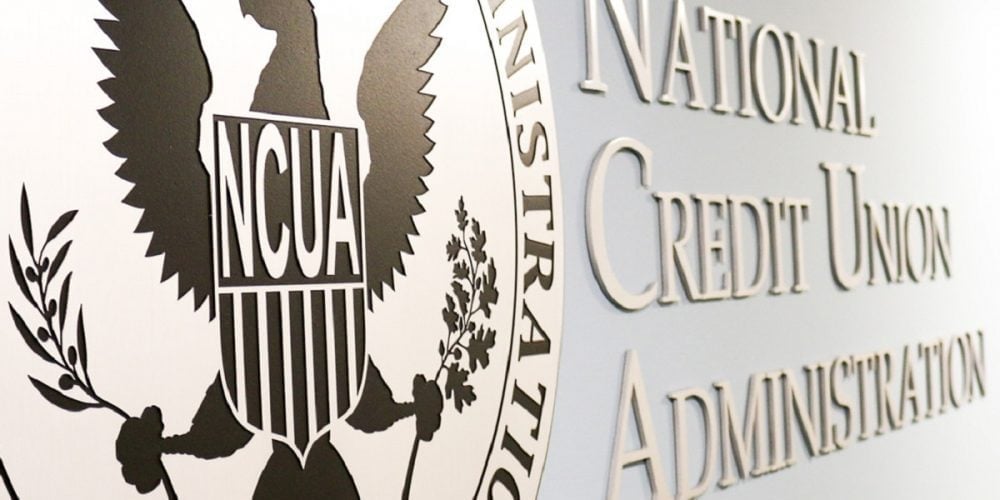Highlights
- Federal student loan assistance is expiring and federal student loan payments begin again on December 31, 2020.
- Knowing that current debt management techniques like waived fees and restructuring debt will not be enough to stop the flood, credit unions have increased their loan-loss provisions by more than 34%.
- Helping CU members move onto Income Driven Repayment plans for their federal student debt is an obvious and under-utilized option for credit unions to help their members free up cash and reduce risk in their own loan portfolios.
Why widespread defaults are coming
In March when the CARES Act was signed into law, it automatically suspended nearly all federal student loan payments until September 30. A Presidential Executive Order recently extended that reprieve until December 31, 2020. In the months since loan payments were suspended, Americans have experienced dramatic financial changes. Today in the U.S., 17.8 million people are unemployed, 10.6 million people have been temporarily laid off, and 9.1 million people have been moved to part time work as a result of the pandemic.
Come December 31st, we cannot assume that the 45 million Americans with federal student debt will be able to seamlessly resume their federal student loan payments. Behavioral science research tells us that a nine-month grace period like the one just implemented is a bear trap. Though it offers short-term financial relief for borrowers, nine months is enough time to significantly alter budgeting habits. We see that with student loan debt in particular, where recent graduates are given six months before they start their first payment after leaving school. These student-borrowers tend to establish spending habits when they start work post-college, making the delayed start of the payments disruptive and hard to manage.
Today’s thinking is not enough to protect CU members
CU executives nationwide say they are taking a number of measures to help their members through this difficult financial period and to manage risk within CU loan portfolios. They are waiving fees, offering loan modifications, and expanding their teams’ bandwidth to provide members with the best support and resources during this time.
Still, CUs acknowledge that is not enough to stop the anticipated flood of defaults, so they are dramatically increasing their loan-loss provisions. In fact, loan-loss provisions in the CU system are up more than 34%—meaning that CUs are setting aside an additional $2.2 billion to account for the auto loans, mortgages, and credit card payments they expect Americans will not be able to afford come November. And major banks are doing the same.
Addressing federal student loan debt is an easy (and viable) win for CUs
Normally federal student loan debt is not a central concern for CUs since the $1.6 trillion of debt is government-owned. But right now, it should be. Helping members manage their federal student loans will improve their ability to repay all the other debt that CUs do manage. Down the line, negative impact on credit scores and income-to-debt ratios will directly affect members’ ability to do new business with the CU. Credit unions who continue to ignore the largest, and by far the most problematic, debt category for adults under 30 will do so at their own peril.
The federal government offers multiple repayment plan options that student-borrowers can take advantage of. If CUs start paying attention to these opportunities now, they can help their members with financial hardship lower their monthly federal student loan payments and free up cash for members to use on their CU-held loans after December 31st. That’s a clear win-win for the credit union and for its members.
Not only does helping members manage their government-owned debt strengthen the personal relationship and trust between CU representatives and members, it also expands the financial relationship with greater access to wallet share.
While CUs may not own federal student loan debt, they certainly shouldn’t overlook it.
Putting numbers to this opportunity
Let’s say Taylor—a CU member and “median” student borrower—has $20,000 in federal student loan debt. That means Taylor was automatically put on a payment plan that cost her $200 each month. With the right digital guidance, Taylor can move her loans onto an Income-Driven Repayment (IDR) plan. Based on national averages, this would cut Taylor’s monthly payment to $100 and free up $100 to pay other privately held loans like an auto-loan, maintaining her credit score in the process. And that good standing puts Taylor in a better position to pursue future financial services as her income recovers.
The risk of ignoring members’ federal student loan debt this fall
If CUs don’t start thinking of federal student loan debt as a viable risk-management tool during these difficult financial times, members are unlikely to actively explore their repayment plan options this fall. The holiday season inevitably brings distractions and financial strain.Federal loan repayments will restart at the end of the year and, without enough money to meet all of their debt obligations, members are likely to miss at least one of the monthly loan payments. This puts CU debt at risk and their members’ credit scores will drop, dramatically impacting the CU’s ability to do business with its members well into the future.
Today, CUs have the opportunity to help members improve their financial health while managing risk to their business during the COVID-19 pandemic. Addressing members’ federal student loans is the opportunity that credit unions have been missing.







